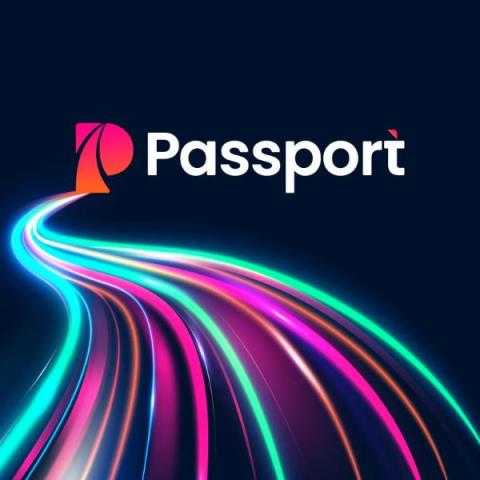4 Strategies to Reduce Observability Costs - Without Sacrificing Visibility
Today’s end users have little to no patience for performance issues. Jitters, slow load times, and full-blown outages can quickly lead to brand damage, lost customers, and diminished revenue. That’s why it’s essential for DevOps and engineers to be able to quickly identify and resolve issues before users ever notice them. Doing this requires collecting and analyzing massive amounts of telemetry data – metrics, traces, and logs.











